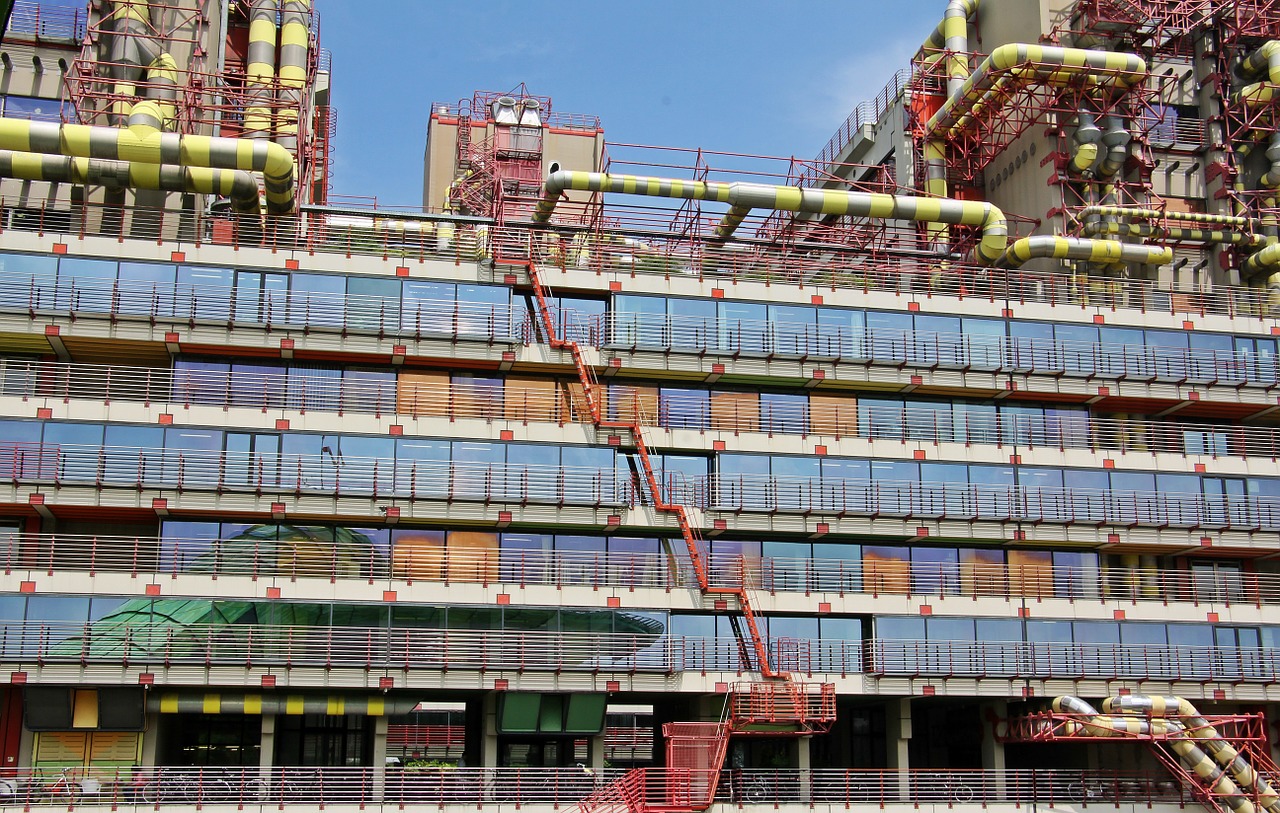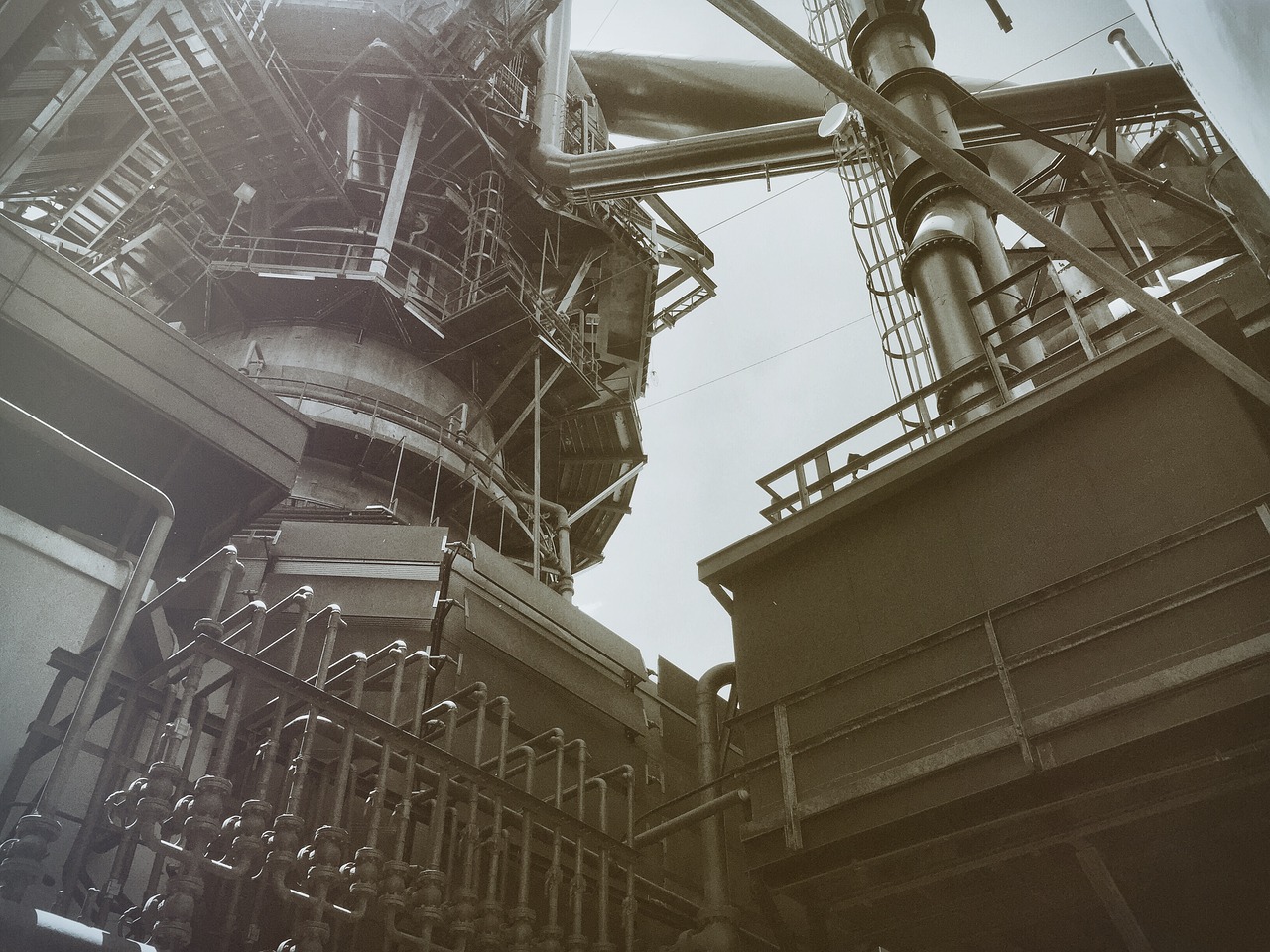Amazon announced its decision to invest in Plant Prefab, an innovative startup with a focus on in-factory construction, smart technology, and sustainable building. Plant Prefab is located in California and is originated from LivingHomes, a leader in designing and developing prefabricated homes.
The announcement of this game-changing deal comes at a very interesting point for Amazon and its ambitions in the housebuilding sector. The new Alexia product line has just been announced and is expected to push the construction of smart homes to new extremes.
Amazon has already announced a mega-deal with Lennar, one of the largest US housebuilders, to set up Alexa in all new homes built by them. In the meantime, Amazon seems to be involved in a number of construction projects, such as the development of its HQ2, the establishment of its new logistics network, and the expansion of its headquarters in Seattle.
As far as the type of collaboration between Plant Prefab and Amazon is concerned, Steve Glenn, Plant Prefab CEO, wasn’t able yet to reveal any specific plans, while talking to the press about the deal.
What he revealed, though, during his discussion with Curbed is that Plant Prefab received a $6.7 million Series A funding, which will be used for expanding the talent pool of the company, improving its support, and establishing new factories which can operate under the company’s Plant Building System. Obvious Ventures and smaller private investors were also part of the funding round.
Read also: McKinsey & Company – Pushing the construction technology ecosystem to new limits
At the moment, Plant Prefab is based in Rialto and, according to the company, their approach can reduce the building time in half, while lowering the cost by up to 25% in large cities. For that to be possible, Plant Prefab is working closely together with experienced designers and architects such as Kieran Timberlake, and Ray Kappe.
That being said, it comes as no surprise that Amazon decided to partner up with a firm like Plant Prefab. As Paul Bernard, Alexa Fund director, said at Curbed:
“Plant Prefab is a leader in home design and an emerging, innovative player in home manufacturing. We’re thrilled to support them as they make sustainable, connected homes more accessible to customers and developers.”
This short statement tells a lot about the true focal point of this strategic collaboration. Simply put, Amazon sees Plant Prefab as the valuable ally that they were searching for in their effort to expand the Voice technology implementation in the home setting.

According to Paul Bernard, at the moment there are at least 20,000 home devices which are Alexa-compatible from almost 3,500 distinct brands. These powerful numbers show the true potential behind voice technology in the home setting.
Homes are rapidly becoming smarter and smarter and the connection of different industry experts is deemed to be necessary for both the acceleration and optimisation of the entire process.
In other words, there’s certainly a market and there’s also the expertise and incentive to make this market thrive.
The stairway to modular construction and standardisation
There’s a lot of talk lately around standardisation, and the new investment of Amazon could be seen as a solid step in that direction. Modular construction and standardisation are two concepts connected with each other as they could provide functional solutions to the serious problem of productivity in construction and unlock new possibilities for the industry.
“In the housing-crunched major cities like Los Angeles, New York, and San Francisco, along with areas like Silicon Valley, it takes too much time to build a home from groundbreaking to occupancy, and labor shortages, construction delays and increased construction costs are exacerbating this trend even further—and making homes increasingly less affordable,” underlines Glenn at Curbed.
Glenn’s statement isn’t far from the truth. The standardisation of certain construction processes coupled with in-factory construction could lead to a more efficient and digitised era for the global homebuilding sector.
It goes without saying that for such an effort to be successful, the role of data is critical. The emergence of an open data ecosystem with emphasis on the exchange of project knowledge and expertise is around the corner and will transform the way we design, build and collaborate in construction.
In that context, a more standardised approach could solve many of the chronic problems of the industry. In a nutshell, here are some of the most notable benefits of embracing standardisation in the building sector:
1. Acceleration of the construction process
First things first, a standardised approach could shorten decisively the design and construction phase of a project. By establishing a unified and analytic approach to all (ongoing and upcoming) projects, construction companies can save a tremendous amount of time and resources in designing and planning every new project from scratch.
What is more, a standardised process could help workers complete their tasks faster and with fewer mistakes, as they will be given detailed guidance in regard to what they are supposed to do. This is extremely helpful if we take also into consideration the serious shortage of skilled labour all around the world.
In-factory construction could be an excellent example of standardisation. Thanks to the fact that most building components are assembled off-site, many of the common problems that emerge on the field can be avoided. For instance, weather conditions or inefficient material delivery are no longer a central point of concern.
2. Lower costs
Another crucial benefit of standardisation which comes as a natural continuation of the previous remark has to do with the improved management of the project costs. Having an exhaustive standardised project programme in place can lead to easier risk and cost estimation.

It doesn’t take much, then, to understand that a better overview of the entire process could secure that a project will remain on budget and time schedule. In a sentence, standardisation could lower operational and labour costs to a considerable extent.
This applies to modular construction, as well. You can design once and then just build duplicates instead of reinventing the wheel in every new project. In addition, more project processes and tasks can run at the same time (other on site and other in the factory) eliminating long and costly waiting periods.
3. Higher precision and safety
A more standardised approach in construction projects could also add more precision to the entire process while boosting safety on and off-site. Especially when we refer to in-factory construction the assembly and fabrication of the various components can be done under the ideal conditions.
In simple words, building clashes can be reduced dramatically. This highly standardised process will be supervised by experienced technicians who can make sure that everything runs smoothly.
Find here: Top 10 construction technology trends for 2019
A more precise way of manufacturing and building would, of course, pave the way for a safer construction site, too. That could be due to a number of reasons such as the ones mentioned below:
- Smaller crews of highly specialised professionals.
- Optimised working conditions in terms of safety.
- Quality and risk analysis for each building component before it leaves the factory.
4. Reduced material and labour needs
Last but certainly not least, the material and labour needs could be substantially decreased. This is a powerful parameter if we take into account the fact that material waste and skilled labour shortage are two of the biggest nightmares for construction.

Starting from material management, a standardised approach could help through the continuous testing and optimisation of the whole process. That being said, after a certain point, every member of a project could be sure about the exact amount of materials required for each task simply because they have done it again in the past multiple times. And even in the case where an estimation went wrong, they can go back to the data, find the mistake and avoid it next time.
Moving on to the labour requirements of standardised projects, they are also expected to be significantly lower. For example, in modular construction, the needs for on-site personnel aren’t that high due to the fact that most of the built structures are fabricated and assembled in the factory.
Final word
Wrapping it up, it is evident that prefabricated construction is gaining significant momentum on a global level. Amazon’s latest investment confirms that very emphatically. It’s hard to tell what’s coming next for the sector but it is safe to conclude that standardised tasks and processes could empower productivity on-site and contribute to a powerful decrease of budget overruns and project delays.




